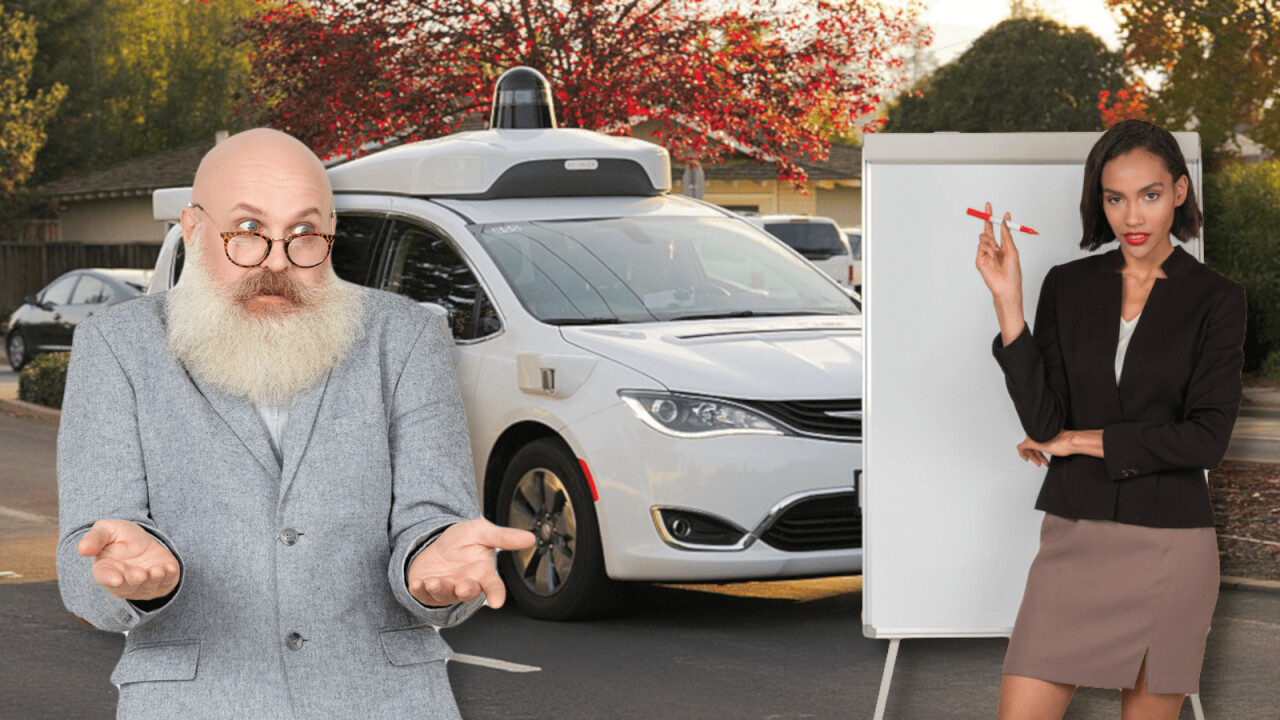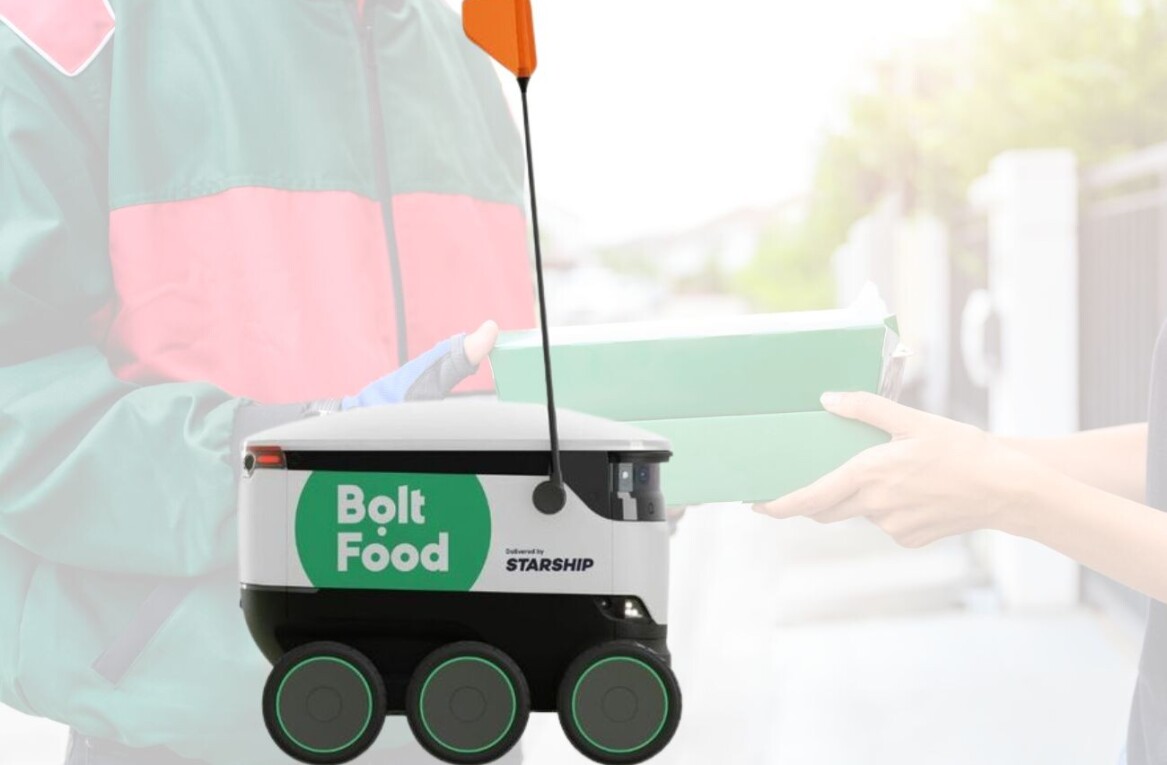
What’s harder than getting a rocket into space? Getting self-driving cars to actually work… at least according to the boss of Waymo, Google’s self-driving vehicle spinoff.
In an interview with the Financial Times, Waymo’s Chief Executive John Krafcik said the process of developing autonomous vehicles is an “extraordinary grind.”
Krafcik goes on to say that “it’s a bigger challenge than launching a rocket and putting it into orbit around the Earth,” because “it needs to be done safely over and over again.” Whereas, with rockets, you only need it to be safe once, whilst there are people on board.
This insight seems to support the fact that Elon Musk is having successes with SpaceX but is still working on the promise of self-driving vehicles.
Let’s remind ourselves that Musk said, some years ago, that there would be a fleet of 1 million self-driving Teslas on our road by… last year. So, um, yeah. There’s still a way to go.
Krafcik’s statements follow a narrative that has been slowly unveiling itself over the past 12 months: that self-driving cars are bloody difficult and much further from reality than we’ve been led to believe.
Indeed, 2020 was the year Elon Musk said we would have a fleet of 1 million robotaxis — for what it’s worth AI experts called BS at the time. With Autopilot and Full Self Driving coming under increasing regulatory scrutiny around the world, that goal has never seemed further away.

At the end of last year, another company that made a lot of noise about the potential of self-driving vehicles, Uber, sold off its autonomous taxi division to rival company, Aurora.
After pumping more than $20 million a month into developing driverless cars, the ride hailing firm seemingly accepted the fact self-driving cars weren’t going to be the savior to its financial challenges and profitability as its former CEO Travis Kalanick believed.
Even Uber’s current CEO, Dara Khosrowshahi, said in 2018 that self-driving Uber taxis would hit the streets in 2019.
Krafick told the FT that having a fully scaled and operational self-driving car service by 2020 didn’t seem like an unrealistic thought, back in 2015.
However, over the past five years, he says the company has become far humbler, as a result of growing experience and understanding of just how difficult self-driving vehicles are to produce at scale.
During the interview with the FT, Krafcik didn’t comment on where or when Waymo will launch its next service. However, removing the driver and letting tourists use the service could still be years away.
Even so, Krafcik was unfazed that self-driving cars will eventually become ‘a thing,’ and when they do, it’ll change car ownership as we know it — apparently.

Get the TNW newsletter
Get the most important tech news in your inbox each week.




